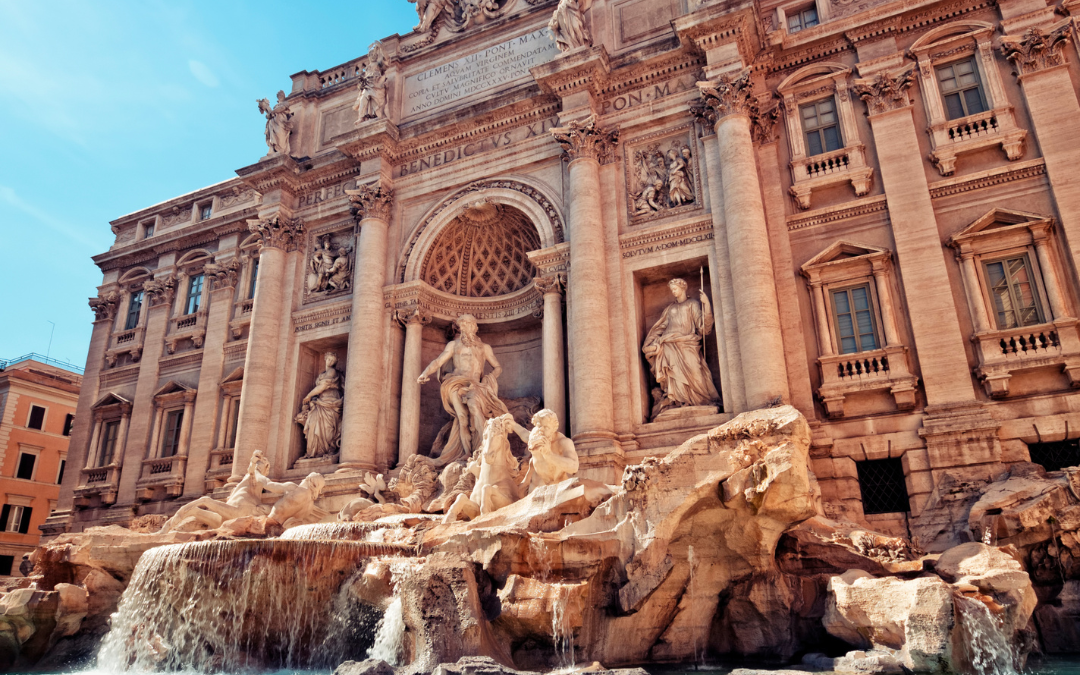Last updated October 2025
Dreaming of living ‘la dolce vita’? Italy’s charms are legendary: sun-drenched streets, world-class art, vibrant culture, and yes… amazing food and wine. But moving there from Australia isn’t just about packing your bags — it’s a full-on adventure with plenty of surprises. From beach etiquette to coffee culture, football fanaticism to local customs, we’ll guide you through the essentials you need to know before making your Italian move. Think of this as your insider guide — so you can hit the ground running without missing a beat.
1. Enjoy Mediterranean Climate
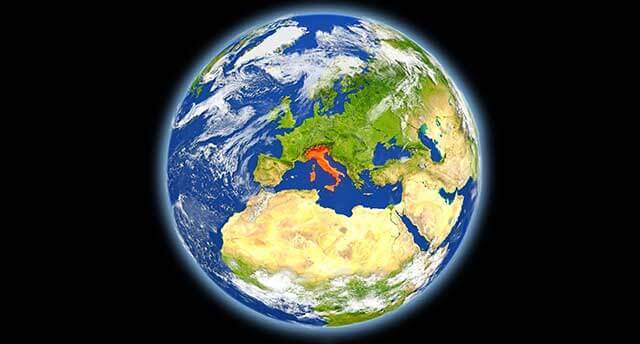
Italy’s weather is as diverse as its landscapes. Up north, the Alps promise skiing adventures with temperatures that can dip to -14°C in winter — a far cry from Sydney or Melbourne! Central Italy, including Rome, is milder, while the south sizzles in summer with temperatures climbing above 30°C and sea temps perfect for a dip.
No matter where you settle, planning ahead helps you pack smart and avoid climate surprises. Working with an experienced removals team like Palmers ensures your belongings arrive safe and ready, whatever the weather.
2. Gorgeous Beaches at a Cost
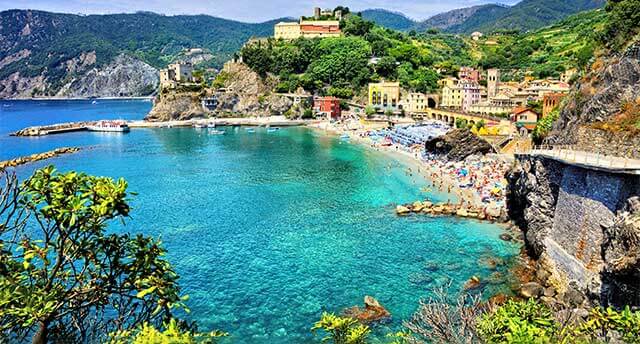
The Italian peninsula boasts a stunning 7,782 km coastline, with a mix of sandy and pebbly beaches that make every seaside visit memorable. But unlike Australia, not all beaches are free to enjoy.
-
Private beaches (Stabilimenti Balneari or Bagni): Rent a lounge chair and umbrella by the hour or month. Facilities like showers, toilets, bars, and lifeguards are included — perfect if you enjoy comfort and convenience.
-
Free beaches (Spiaggia Libera): Accessible via paths through private areas, free beaches have no facilities, so bring everything you need.
Pro tip: Italian beaches aren’t always soft sand — many are pebbly or rocky, so pack wisely. Planning ahead will make your beach days stress-free.
3. You’ll Love Italian Food
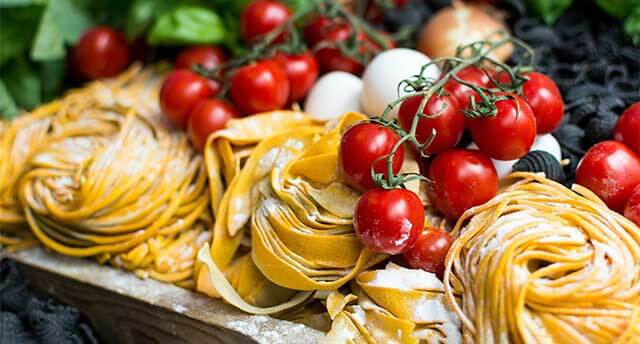
Italy is famous for its food—pasta, pizza, cheese, and wine—but there’s always more than meets the eye. Each region has its personality and specialties, making Italian cuisine endlessly fascinating.
-
Pasta: A Daily Habit
Did you know that Italians eat an average of 23.5 kilos of pasta per person per year? That’s roughly a plate of pasta every day! Pasta isn’t just food in Italy—it’s part of life, culture, and even identity. Italian Food News -
Pizza: Italy Isn’t Always First
You might assume Italy is the top pizza-eating country, but surprisingly, Norway eats more pizza per person than anywhere else in the world. Italy ranks 5th after the US, UK, Germany, and Norway. Don’t worry, though—pizza remains a global symbol of Italian cuisine and can be found in every corner of the country. -
Cheese: From Parmigiano to Pecorino
Italy’s cheeses are legendary. From Parmigiano Reggiano to Pecorino and Gorgonzola, Italians consume about 15.5 kilos of fresh cheese per year per person. Each cheese carries centuries of history and regional pride. -
Wine: A Sip of History
Italy is also one of the oldest wine-producing countries in the world, with regions like Tuscany crafting iconic wines. In 2023, Italians drank 27.8 litres per capita—a testament to wine’s role in Italian life, from casual meals to festive celebrations.
Of course, pasta, pizza, cheese, and wine only scratch the surface. Italy offers countless regional dishes that you simply must try when moving to or visiting the country.
4. They Love Coffee
Coffee isn’t just a beverage in Italy—it’s a cornerstone of daily life. In fact, 97% of Italians enjoy at least one coffee every day. World Population Review. While Italy didn’t invent coffee, it boasts some of the world’s oldest cafés, such as Caffè Florian in Venice, which opened its doors in 1716.
Australia has a rich coffee culture with over 13 types of coffee, but Italy takes it to the next level: you’ll find up to 50 variations, each tied to the time of day, region, or tradition. ECF
Here’s a quick guide to navigating Italian coffee culture:
-
Morning: Start with a cappuccino (never after 11–12 AM, unless you want to look like a tourist!).
-
Afternoon: Opt for a Caffè Macchiato, a small espresso “stained” with milk.
-
After Dinner: A classic espresso is the perfect way to end a meal.
Finally, the golden rule: embrace the ritual, not just the drink. Stand at the bar, chat with the barista, and enjoy your coffee. Now that you’re armed with all the essentials: Buon caffè!
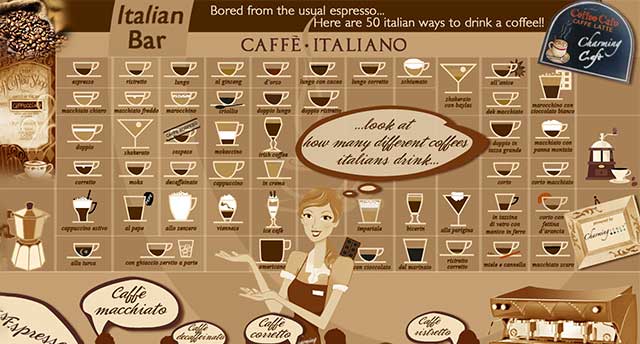
Image source: charmingitaly.com
5. The Italian “riposo”
After enjoying a hearty Italian meal, it’s time to talk about one of Italy’s most iconic traditions: the nap, or riposo. Southern Mediterranean countries have long been famous for resting during the hottest hours of the day, and in Italy, this pause has deep cultural roots.
The term riposo literally means “rest” and historically referred to an extended lunch break, often stretching from 12:00–1:30 PM or even 2:30–4:00 PM. During this time, museums, churches, and shops were closed, and the focus was on family, relaxation, and rejuvenation.
Fast forward to 2025, and life has changed. Most Italian shops no longer close for several hours, especially in larger cities. However, the spirit of riposo lives on. Workers who live close to home often take a long lunch and a short nap, while others enjoy a slow, leisurely lunch with colleagues or family.
Even if the traditional riposo isn’t as widespread as it once was, it remains a symbol of Italy’s balance between work and quality of life, a gentle reminder to pause, savour your meal, and recharge before the rest of the day.
6. No Gratuity at Restaurants/Bars, etc.
When dining in Italy, it’s important to understand that tipping is not mandatory. Unlike in some countries where tips supplement workers’ wages, Italian service staff typically receive a regular salary. However, leaving a tip is a gesture of appreciation for good service.
Understanding Service Charges
Many Italian restaurants include a coperto (cover charge) on the bill. This fee, usually ranging from €1 to €3 per person, covers the use of tableware, bread, and other dining essentials. It’s important to note that the coperto is not a tip but a standard charge for the service provided. Additionally, a servizio (service charge) may be added, especially for large groups, typically around 10–15% of the bill. Wikipedia
When to Tip
If the service charge is already included, tipping is not necessary. However, if you received exceptional service, leaving a small tip is appreciated. The amount can vary:
-
Standard Restaurants: Rounding up the bill or leaving €1–2 per person is common.
-
Fine Dining: A tip of 5–10% is more typical for upscale establishments.
-
Bars and Cafés: For table service, leaving €2–3 is customary. When ordering coffee at the counter, rounding up to the nearest euro is sufficient.
Cultural Considerations
Tipping in Italy is seen as a token of gratitude rather than an obligation. It’s always appreciated but not expected. If you choose to leave a tip, it’s best to do so in cash, even if you paid the bill by card. This ensures the staff directly receives your appreciation.
7. Know and Learn the Habits
When moving to Italy, you might encounter behaviours that differ from your own cultural norms. These actions aren’t intended to be disrespectful but are simply part of Italian daily life. Here are three such habits:
-
Queuing and Queue-Jumping
In Italy, queuing isn’t as structured as in some other countries. It’s common to see people standing close together, and occasionally, someone might jump the queue. This behaviour is often due to a lack of clear signage or ticketing systems, leading to confusion about the order. While it can be frustrating, it’s generally not meant to be rude. Cultural Atlas -
Saying “I Want” (Io Voglio)
Italians often use the phrase “io voglio” (“I want”) when making requests. While this might sound direct or impolite in English, it’s a normal and culturally accepted way to express desires in Italian. However, in more formal situations, using “vorrei” (“I would like”) is considered more polite. Cultural Atlas -
Speaking Loudly
Italians are known for their expressive communication style, which can include speaking loudly. This isn’t a sign of anger but rather a reflection of their passionate and animated way of conversing. The Italian language itself, with its vowel-heavy structure, naturally lends itself to a more resonant and sometimes louder manner of speaking. Cultural Atlas
8. All Roads Lead to Rome. Really?
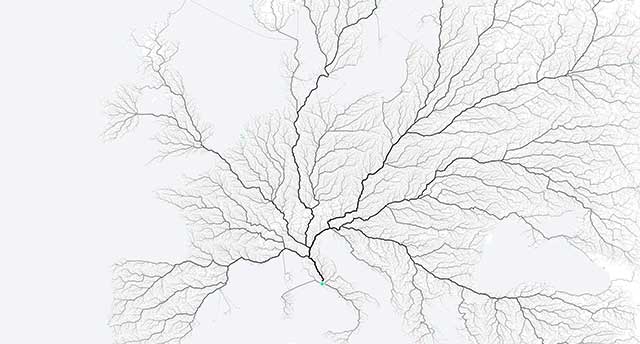
Image source: move-lab.com
You’ve probably heard the saying “All roads lead to Rome”, often used to mean that different paths can reach the same goal. But did you know the origin of this adage goes back to the Middle Ages, when it literally referred to the network of roads connecting the Italian capital?
Surprisingly, it’s actually true—historically and geographically. Researchers from Moovel Lab—Benedikt Groß, Raphael Reimann, and Philipp Schmitt—created a detailed map showing that the Roman road network was designed so that all major routes converged on Rome.
The main purpose? To connect major cities of the Italian Empire, which at its height stretched across large parts of Europe. Roads weren’t just for travel—they were tools for administration, trade, and military movement, all leading to the heart of the empire: Rome.
So next time you hear the phrase, remember: it’s not just a metaphor—it has roots in history and infrastructure. A mysterious adage, finally elucidated.
9. It’s a Catholic Country
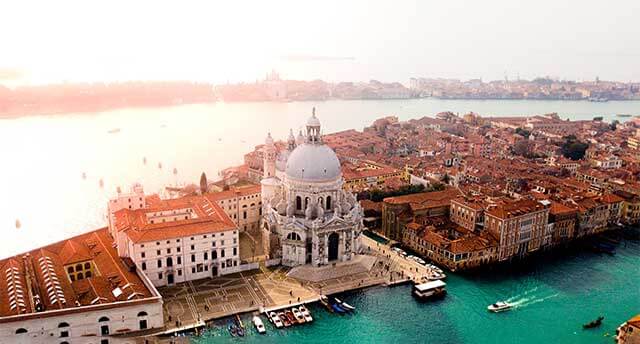
Religion, especially Catholicism, has a deep and lasting influence in Italy. The country is home to over 64,000 churches, with around 1,000 located in Rome alone. This is hardly surprising, considering that approximately 96% of Italians have been baptised as Catholics (Pew Research Center, 2025).
At the heart of this religious heritage is Vatican City, the world’s smallest independent state and the residence of the Pope, located within Rome. Beyond the Vatican, Italy boasts countless magnificent churches and cathedrals that are open to visitors. Highlights include:
-
Florence Cathedral (Duomo di Firenze) – a masterpiece of Renaissance architecture
-
Basilica di San Marco, Venice – famous for its stunning mosaics and gilded interiors
-
St. Peter’s Basilica, Vatican City – one of the largest and most iconic churches in the world
Whether you are visiting for spiritual reasons or simply to admire the architecture, Italy’s churches are a must-see and offer a glimpse into centuries of art, history, and culture.
10. The National Sport: “Calcio” (Football)
Football, or Calcio, isn’t just a sport in Italy—it’s a way of life. Italians are renowned for their unwavering dedication and passion for their teams. In 2025, football continues to be the most popular sport in Italy, with millions participating at various levels.
The roots of this fervour trace back to ancient times. Early forms of football were played in Italy, and as the Roman Empire expanded, it likely helped spread the tradition across Europe. Today, this passion is evident in every corner of the country.
Whether you’re watching a Serie A match, the Coppa Italia, or the national team in international tournaments, the atmosphere is electric. Italy’s football culture is deeply ingrained, with fans displaying unparalleled enthusiasm and loyalty.
So, if you’re moving to Italy, prepare to immerse yourself in one of the country’s most cherished traditions. Football here isn’t just a game—it’s a celebration of identity, community, and passion.
11. Moving Long Term to Italy
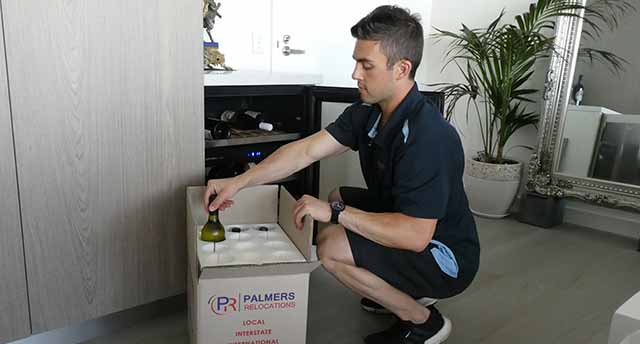
Before relocating to Italy, there are a few practical matters to consider.
If you plan to visit before moving, you can obtain a visa allowing a stay of up to 90 days. For longer stays, you’ll need a Permesso di Soggiorno (residence permit), which must be applied for within eight working days of arrival. Depending on your situation, this permit can last 2 to 5 years (italyvisa.com).
Planning ahead is key to a smooth move. A reliable relocation company can guide you through the process, from organising full or shared containers to navigating customs and paperwork. Depending on your goods and duration of stay, you may even be exempt from certain import taxes.
At Palmers Relocations, we’ve helped clients move across Italy for decades, offering advice and tailored solutions every step of the way—making the process simpler, safer, and less stressful.
A bit of planning and professional guidance can make your move to Italy seamless—so you can focus on settling in and enjoying your new home.

